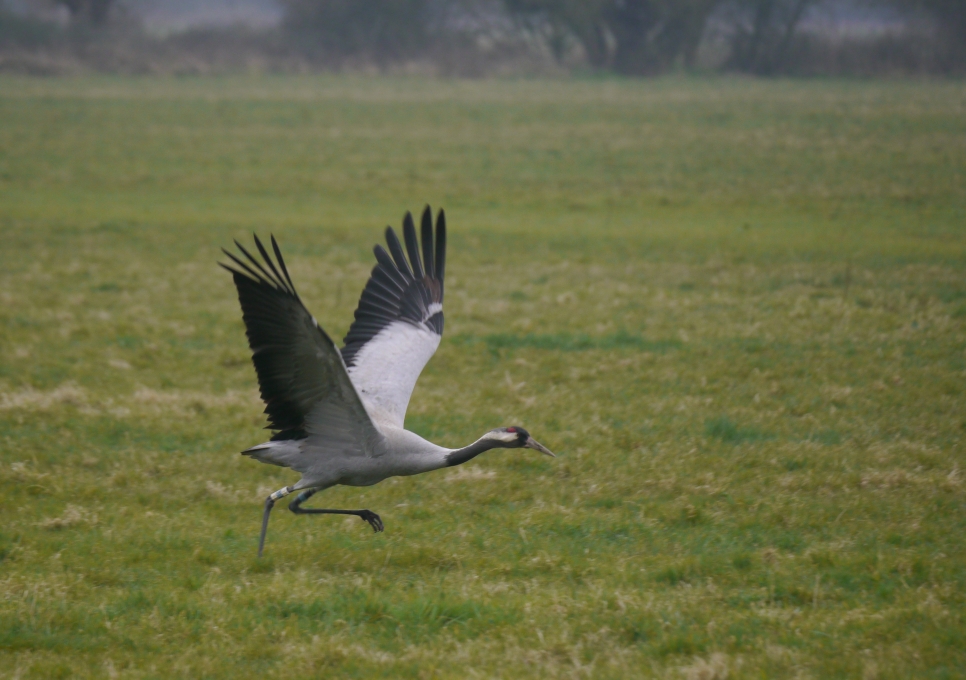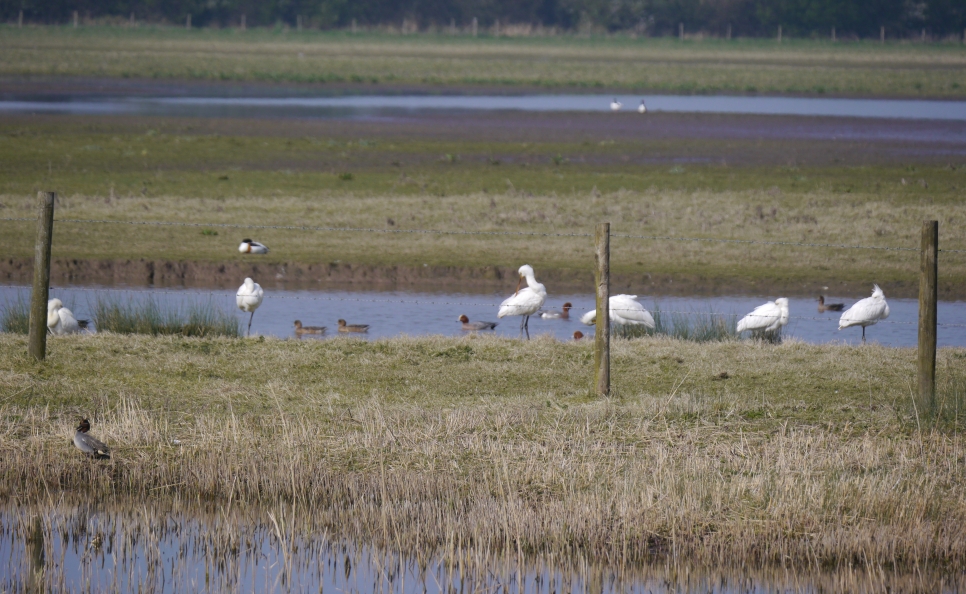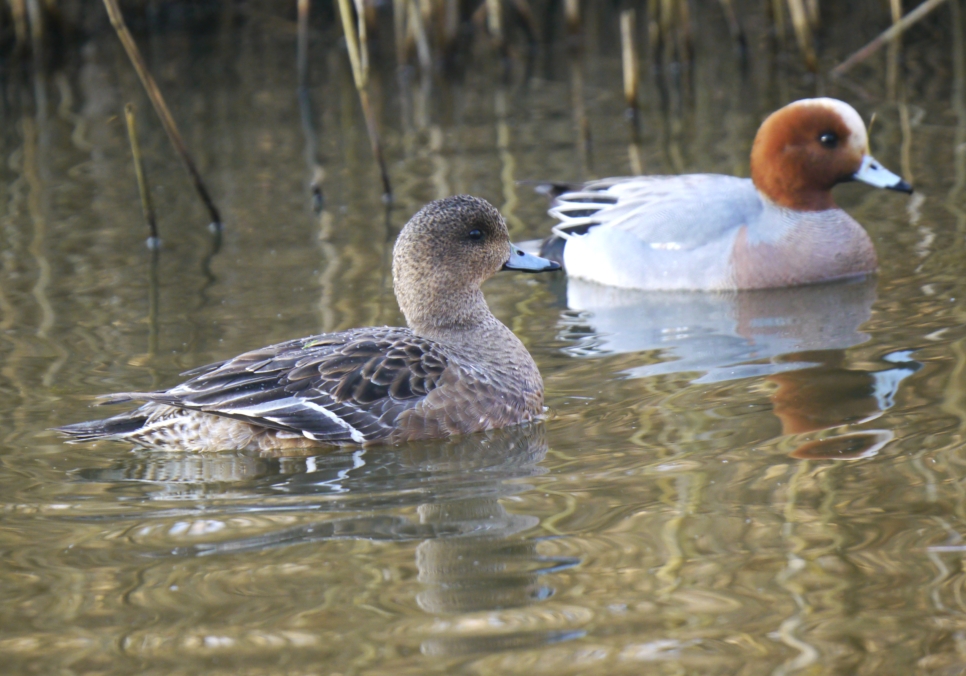Wading birds recorded so far this September
This time of the year is always great for a variety of wading birds on the reserve, the Severn estuary mudflats and carefully managed wader scrapes attract them to our muddy shores and shallows to feed and rest. It has to be said that they can be mobile with attention from the numerous birds of prey and seasonal work about the reserve so any scrape can host them. Between 1-4 September we have recorded the following wader species.
Oystercatcher- all breeding birds have now departed.
Avocet- a small party favouring the South Lake included our fledged young, a couple have been visiting the Top New Piece with a flock of 18 over the Dumbles foreshore at high tide on the 3rd.
Little-ringed Plover- a juvenile on South Lake to 3rd at least.
Ringed Plover- over 200 feeding on the Severn with a flock of 54 on Top New Piece on 2nd.
Grey Plover- an adult on the Severn off Middle Point on 2nd.
Golden Plover- a few flyovers over high tide periods.
Lapwing- numbers steadily building with 240+/
Red Knot- juveniles on the Severn 2nd and 6 on 3rd.
Sanderling- five on 2nd and at least three on the Severn with the small waders on 3rd.
Turnstone- three juveniles on the Severn on 2nd, single on 4th.
Dunlin- varying numbers on the Severn with a a few visiting the South Lake and Top New Piece.
Curlew Sandpiper- three juveniles on Tack Piece on 1st, two on Top New Piece 2nd, single off Middle Point with two 4th.
Little Stint- single on the Severn on 1st and 4th.
Green Sandpiper- still around ten on site, Tack Piece and South Lake favoured spots.
Common Sandpiper- at least six at Middle Point on 3rd with a single on 2nd.
Redshank- around 20 favouring Tack Piece, Rushy and South Lake.
Spotted Redshank- three adults usually feeding on Rushy and Tack Piece with visits to South Lake.
Greenshank- at least three juveniles roosting over the tides on the Rushy with visits to other scrapes and the Severn.
Black-tailed Godwit- around 170 on South Lake most days.
Bar-tailed Godwit- an adult off Middle Point on 3rd and 4th.
Curlew- 200 on the Severn with feeding visits to the Dumbles and fields.
Whimbrel- two off Middle point on 3rd.
Snipe- Rushy, Tack Piece, South Lake and Top New Piece with 5 or less most days.
Ruff- at least 21 on site but likely to be 24, juveniles and non-breeding plumage adults.
At least 23 species noted in four days, more species still yet possible.
Selected species
First returning Pintails from 1st and Wigeon numbers increasing to around 15.
Garganey- two regularly feeding in the Rushy and especially the pool adjacent to Martin Smith Hide, another still appearing with Teal in Top and Bottom New Piece.
Bittern- seen regularly in late August to 2 September at least, Top New Piece is the best spot but visits to Martin Smith Hide also.
Osprey- one flew over the grounds at 08:20am on 3rd.
Marsh Harrier- the leucistic bird has moved on to Somerset but at least four on the Dumbles on 4th included the regular male and a juvenile.
Pink-footed Goose- one still with the Canada Geese on 4th.
Wheatear- at least three in the Four Score Ground from Kingfisher Hide on 3rd with one on the Dumbles and two at Middle Point.
Hobby- two.
Red Kite- one on 4th.
Swift- one on 3rd.
Cranes- at least ten about the site
Tern passage
On Sunday 1st at least two juvenile Arctic Terns flew downriver, a busy period on Monday morning with three Sandwich Tern upriver on the flood tide then 15 and three downriver on the ebb tide. Flocks of c56, 34 and 3 probable Arctic Terns flew downriver between 09:09 and 09:25am, a juvenile Little Tern was with one of the flocks.



